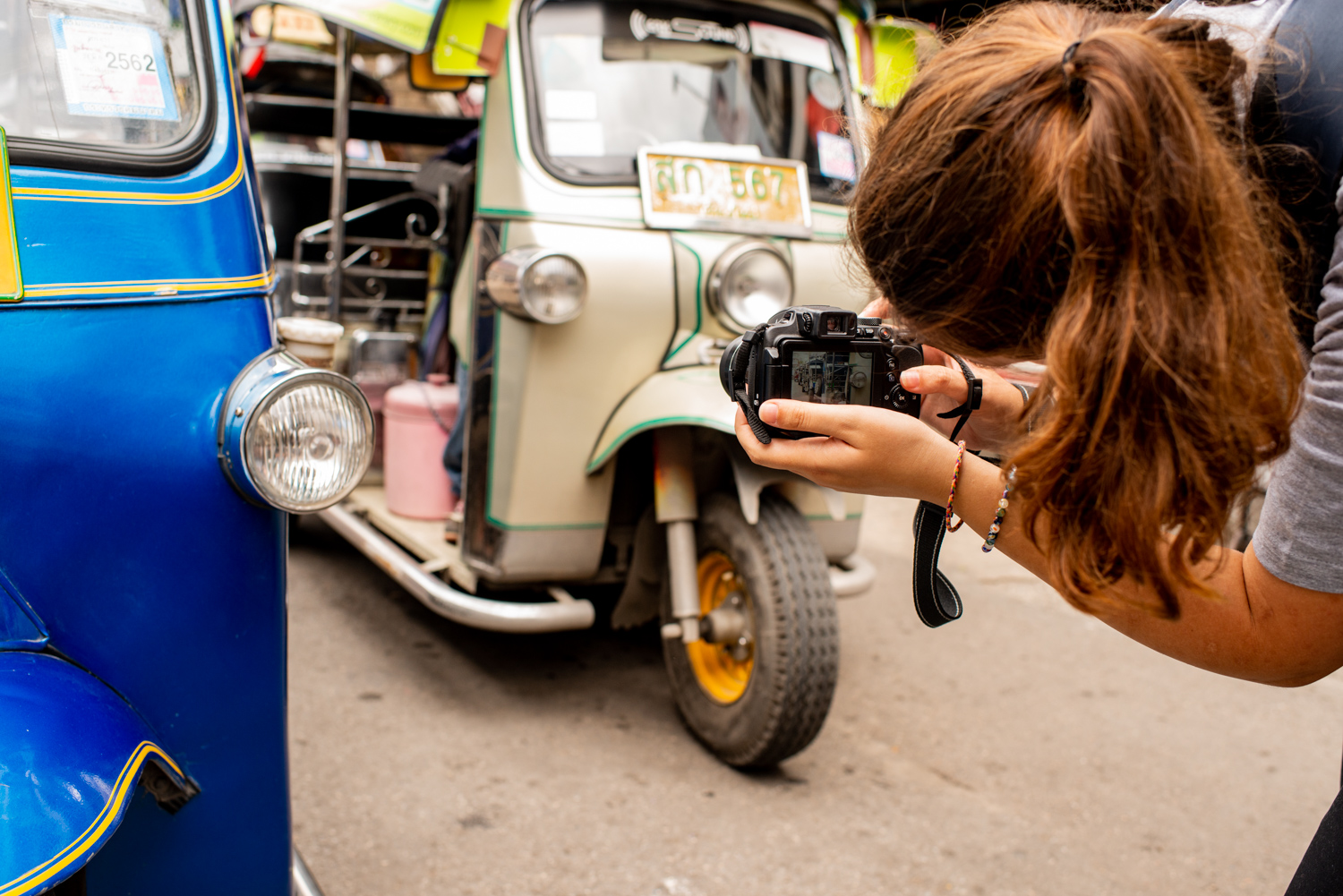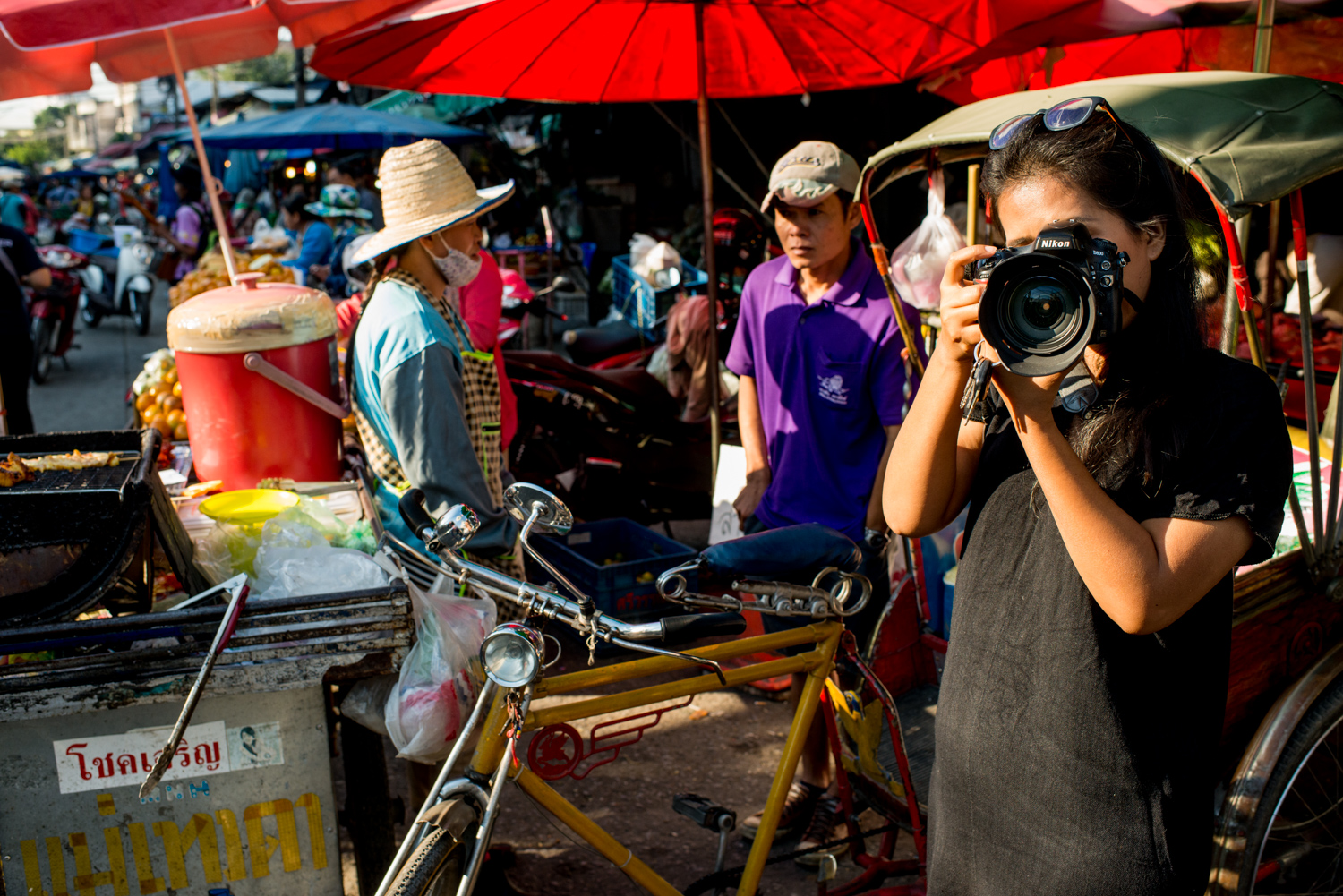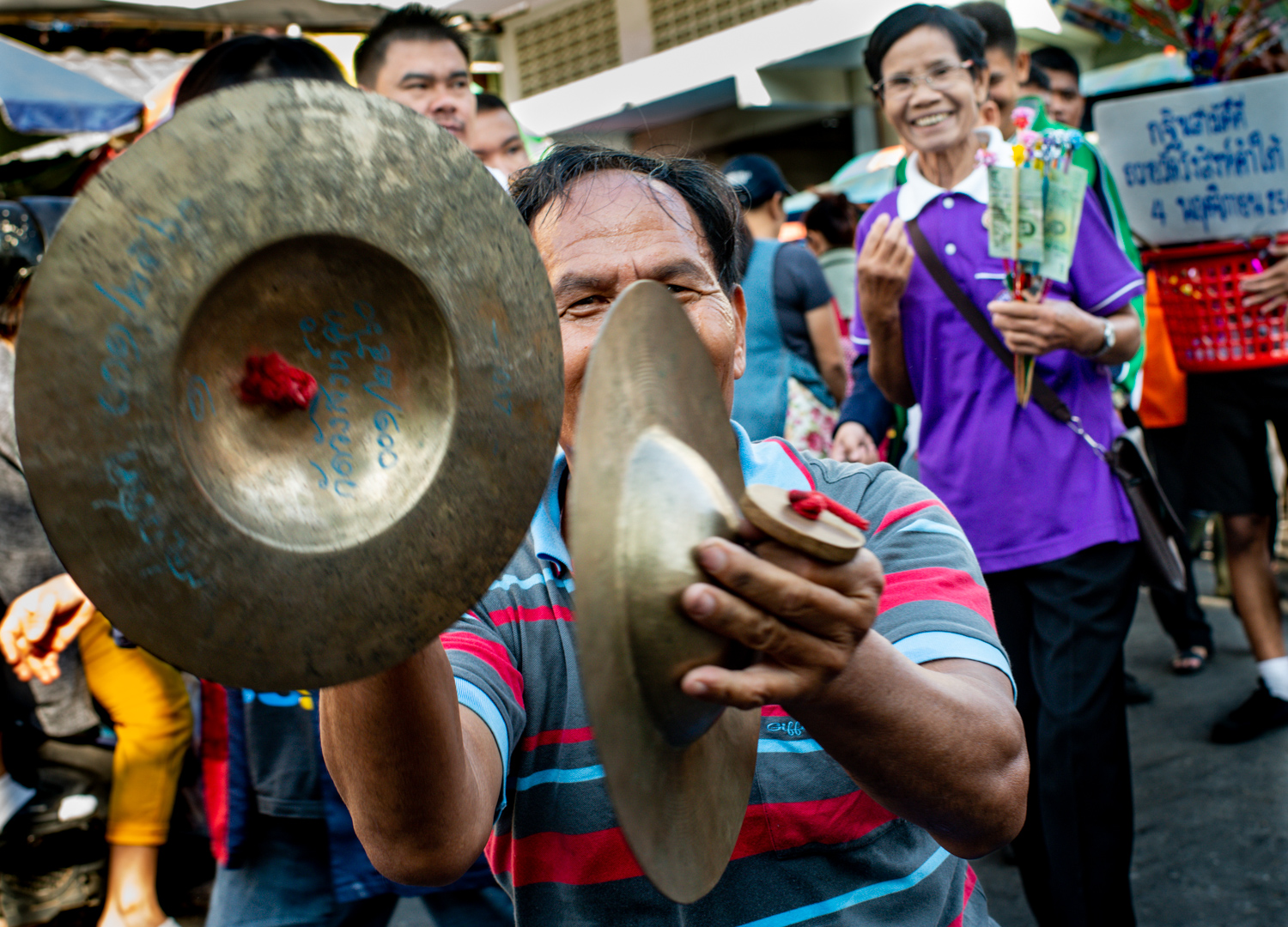Confidence in street and travel photography is vital. Heading out with your camera in hand and your tail between your legs you’re not going to produce award-winning photographs.
Having courage and determination to make photos with intent does not come easily to many. But how do you build confidence, especially to photograph strangers?
Practice. Not only with your camera, but in your mind. If you are someone who’s thoughts tend to be negative or fearful with the idea of photographing strangers in the street, this is what you need to work on. Camera skills are of course important, but your state of mind needs just as much attention.

© Kevin Landwer-Johan
Confidence Starts at Home
Stepping out into the world with your camera and your head full of doubts is self-defeating. Before you pack your gear, look after your thoughts. Negative thoughts will lead to a lack of self-esteem. You need to assure yourself that you can do what you are planning.
Set your mind on positive results. Consider the photos you want to create, not the negative experiences you may, or may not have. Be mindful of how you will proceed. Building good thought habits will enable you to grow in confidence. When you are self-assured, you will take better photos than when you are full of self-doubt.

© Kevin Landwer-Johan
Stay Determined Out in the Street
Once out, you may experience some difficulties. The light may not be the best. There may not be many people about. It might start to rain. Stick with it. Don’t let your negative thoughts push out your creativity.
Without encountering difficulties, you’ll never learn so much. Take the challenges as opportunities and think outside the box. Keep your attitude positive and innovative ideas will come to you.
Giving up in the face of trial will not lead to the success you want. When the light is low try some camera technique you’ve read about but never used. Search for a more convenient location. Look for a different angle [1].
Outside your comfort zone is where some of your most artistically creative photography will occur. Don’t rely on being comfortable to produce your best images.

© Kevin Landwer-Johan
Be Patient and Observe
Most of the best street and travel photography is the result of patience. Many photos may look like images captured at the spur of the moment, but they’re generally not.
Photographers who excel are all patient and observant people. They are not always in a rush to get their photo and move on. They will linger, wait and watch.
Scout the area you’ve chosen to take some photos. Check out different angles. What’s the light like? Where’s the best background? Is the activity here interesting enough?
Looking for patterns and repetition. Learn to predict what might happen next. You might position yourself on a busy street corner, just out of sight from most people. Maybe there’s a boisterous, busy market vendor happy to be photographed. A little observation will enable you to make better judgments about the people and places you want to photograph.

© Kevin Landwer-Johan
Learn To Love Your Camera
Knowing your camera well improves your travel and street photography. The more you can give attention to what’s happening around you, the more often you will capture the moment. You don’t want to be looking down at your camera trying to figure out settings.
Study and practice are the most important ways to get to know your camera. Figure out the most essential settings and use them often. Soon they will become second nature to you.
Aperture, shutter speed, and ISO are the three main exposure settings to concentrate on. Learn to control these three things, assisted by your camera’s light meter, and you will be equipped to take well-exposed photos.
Focus needs to be precise also. You cannot fix an out of focus photo. Most modern cameras have advanced autofocus modes. Learning to use one or two of them you will be able to make sharp photographs in most situations.
When the light is low, cameras are challenged. Even our eyes do not see so well in low light. Turning up the ISO setting is the simplest way to capture images in low light. Indoors, on dull days or before or after the sun is in the sky try progressively increasing your ISO.
Each camera model will handle low light differently. Do a series of tests to figure out the highest ISO setting your camera can still produce acceptable photos. Start with the lowest ISO and work through in steps to the highest ISO photographing the same subject. Look at the results on your computer and compare them.
As your ISO is increased, you will notice there’s more digital noise. This takes the form of discolored, lighter pixels. The colors and contrast will also become duller at higher ISO settings.
Try going out with just one lens on your camera and no other gear. If you have a prime lens, use it. Limiting your equipment options will help you concentrate on other aspects of photography.
When you are in control of your camera, using manual mode and knowing which autofocus mode to use, you will manage it with greater confidence.

© Kevin Landwer-Johan
Confidence Grows By Doing
Sitting at home with your camera in your bag will not grow your confidence. You might like to spend time studying your camera or how accomplished street and travel photographers work. These things are good to do. But you need to get out into the street and practice.
Trial and error will help you improve. Both your camera technique and your ability to photograph in situations where you are uncomfortable. Keep your negative thoughts in check and your mind on what you want to achieve. Having a plan and purpose will help you succeed.
Begin with what you find easy and then progress to more challenging situations. Maybe this will mean photographing people if you usually avoid them.
Push yourself beyond where you would normally stop, and you will start to see your photography improve.

© Kevin Landwer-Johan